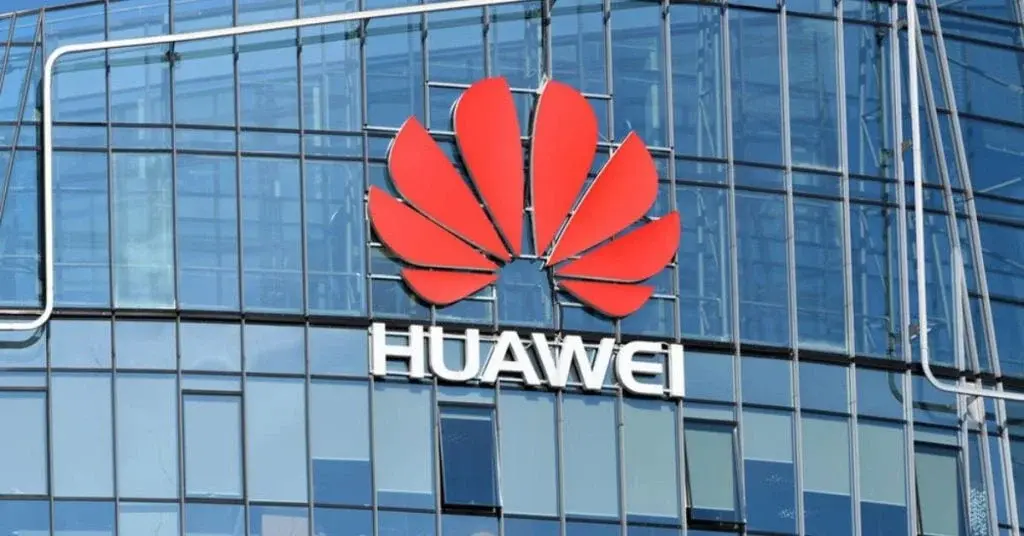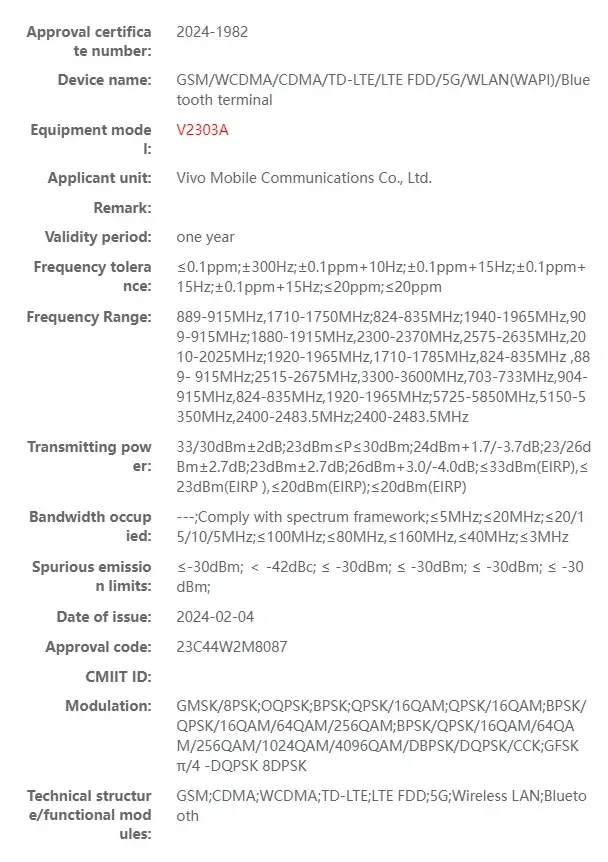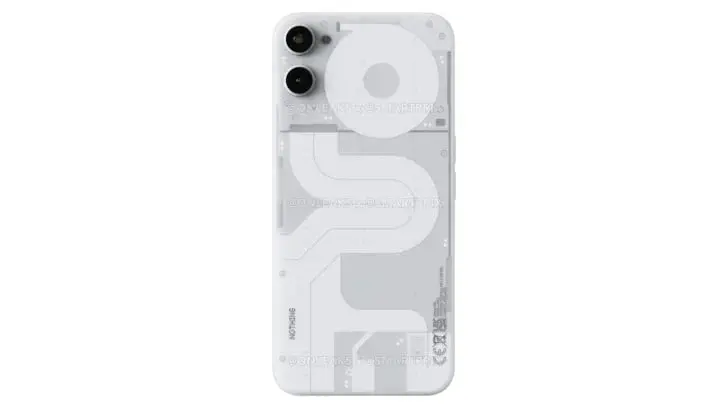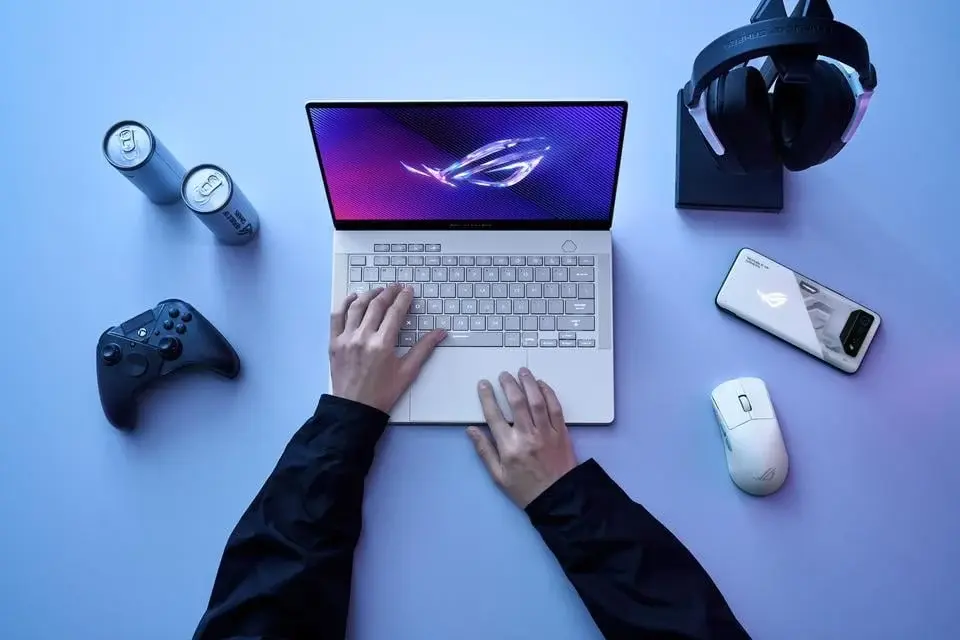Huawei is making a big change in its production plans, showing a strong interest in the growing area of artificial intelligence (AI). The tech giant has chosen to boost the production of its AI chip, the Ascend 910B, even though it means slowing down the making of its Mate 60 smartphones in at least one of its factories. This move is surprising because the Mate 60 had recently done better than Apple in terms of phone sales in China, as mentioned by the South China Morning Post. Huawei’s decision to focus more on AI chips than on smartphones highlights the company’s belief in the significant impact AI will have on the tech world.
Increased Demand for AI Chips in China
The Ascend 910B chip is important for developing AI models, and there’s a growing demand for it in China. This increase in interest comes as Chinese AI developers are finding it hard to get their hands on high-quality AI chips from abroad, like Nvidia’s H100, because of trade restrictions set by the United States. By concentrating on the Ascend 910B, Huawei is not only finding a way around these challenges but also setting itself up as an important player in the domestic AI market.
Chinese Tech Companies Embrace AI
Huawei’s new direction also shows how Chinese tech companies are eager to get involved in the AI field. Even though they’re a bit behind global leaders like OpenAI and Google, companies such as Baidu are moving forward with their own AI projects. China is also ahead in making rules for AI, requiring companies to get approval before they release AI products to the public.
Preparing for the Future
With this shift towards AI technology, Huawei is preparing for the future, focusing on an area that could change technology in big ways. This move shows Huawei is thinking ahead, ready to face current challenges while betting on the long-term importance of AI.











